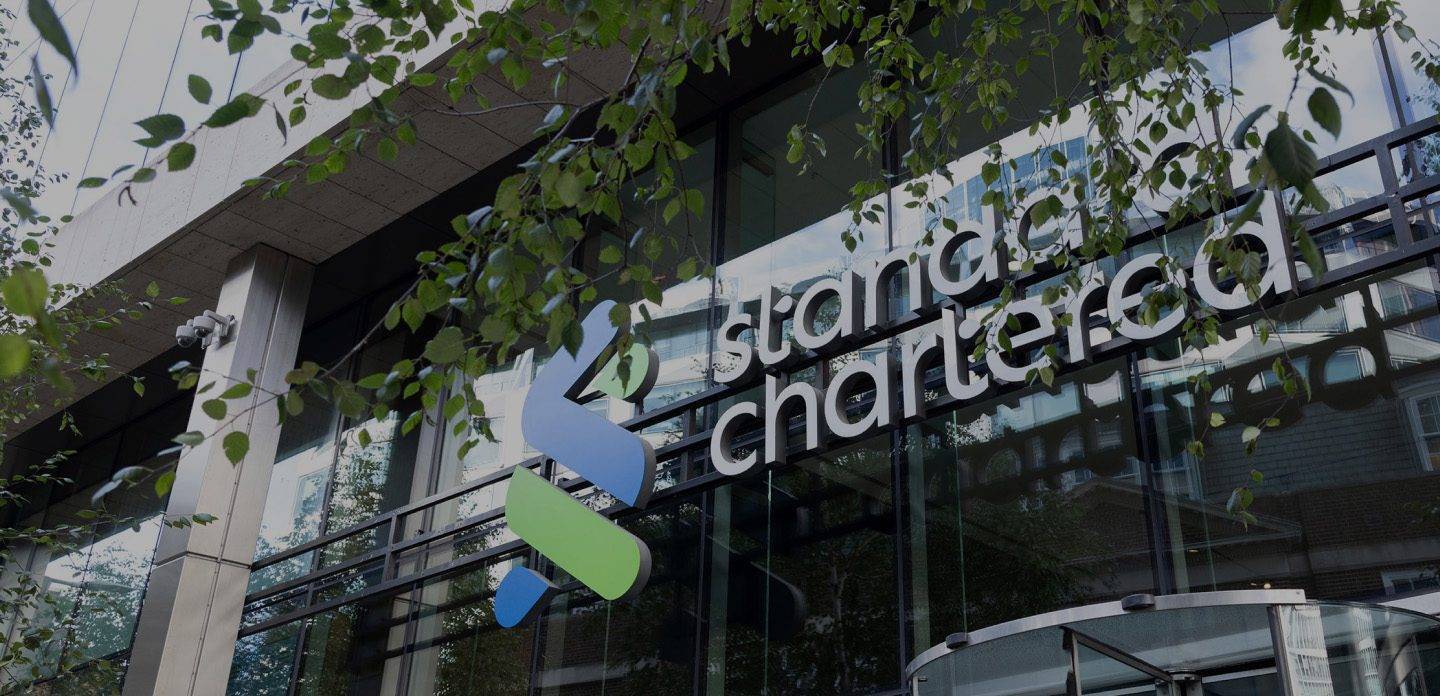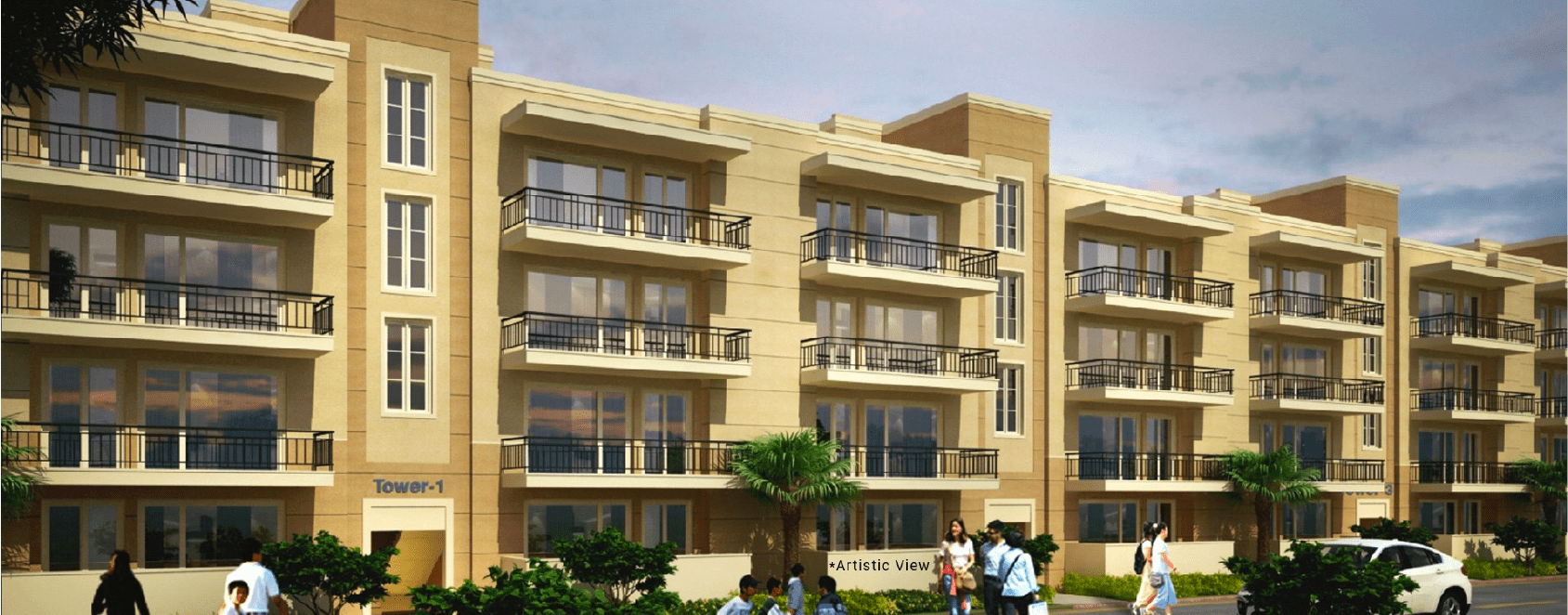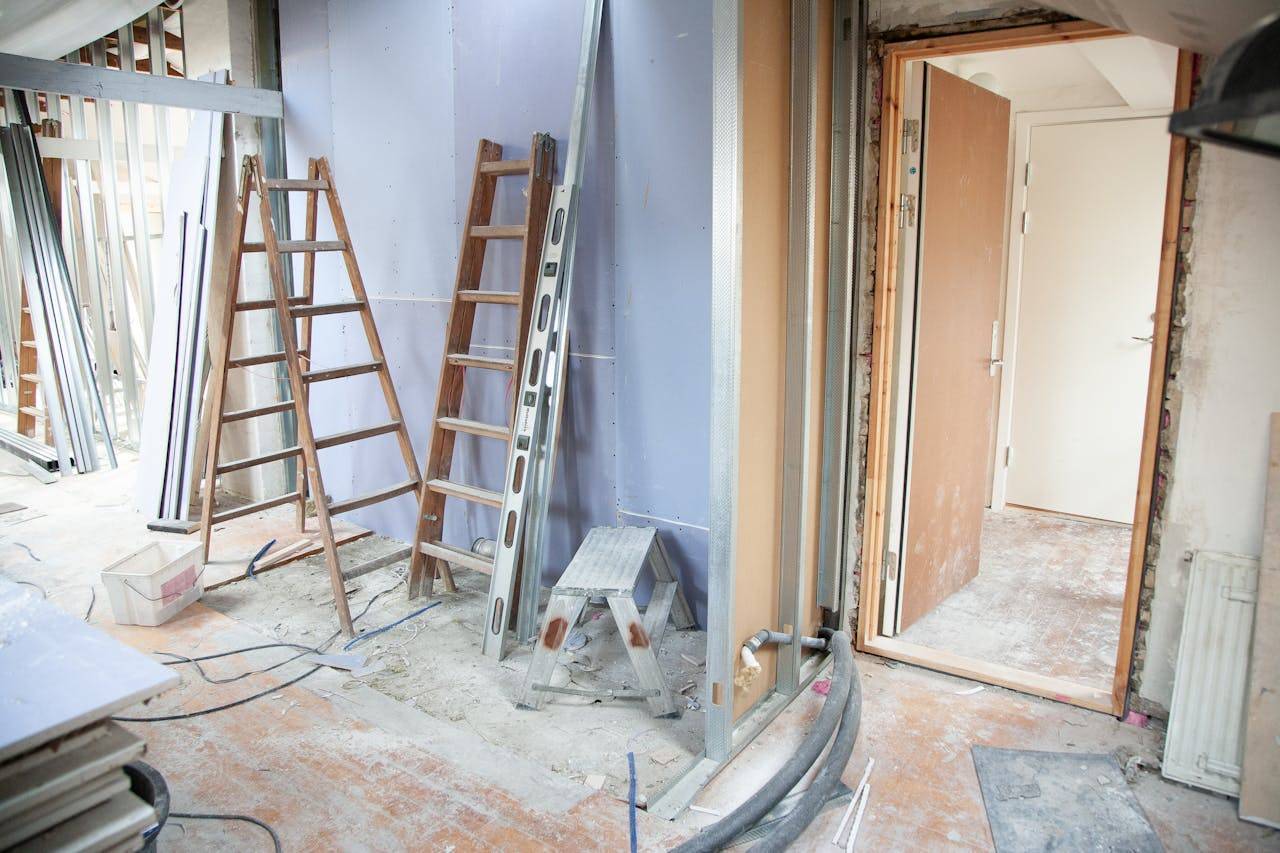The Goa Housing Board (GHB) has announced a major change in the way it plans to execute future residential and commercial projects. Moving forward, the board will collaborate with private sector players through joint ventures, a strategy aimed at enhancing the quality of construction while providing affordable housing options for the residents of Goa. This new approach is expected to address previous challenges faced by the board and improve its financial position.
Jit Arolkar, the Chairman of the GHB, explained that the decision to work with private entities stems from the board’s need to generate additional revenue and acquire new properties for development. According to Arolkar, the board will provide land as its contribution to these projects, while private companies will bid for the opportunity to partner in development based on a shared floor area ratio (FAR). This model means that the board retains ownership of the land, but the development and profits are shared in proportion to the agreed floor area.
Arolkar highlighted that this joint venture method is expected to increase the board’s profit by around 20 percent, supplementing the income from projects that the GHB manages on its own. The collaboration is designed to leverage the strengths of private firms in construction and project execution, while the board focuses on planning and land provision. By doing so, the board aims to deliver better-quality housing and commercial properties to the public.
When Arolkar took charge as chairman, he found that the financial health of the board was not strong. One of the key problems he identified was the substandard quality of construction in previous projects. This poor quality had contributed to the lack of buyers for flats and row villas that the board had developed, despite repeated attempts to auction these properties. The failure to attract buyers was a clear sign that a new strategy was needed to improve both quality and financial results.
After reviewing all available information and assessing the situation, the board decided to adopt the joint venture model. Under this new plan, the GHB will create detailed designs and plans for residential and commercial complexes and then put these projects out for auction. Private entities will compete by submitting bids, and the highest bidder will be awarded the contract to execute the project on the basis of a shared floor area ratio. This approach allows the board to maintain control over land use and design while relying on private sector expertise for construction.
The chairman stressed that bringing private entities on board will help ensure that projects are completed with higher standards of quality and efficiency. It also reduces the burden on the board to manage construction directly, which had previously led to delays and problems. The revenue generated from these joint ventures will be reinvested to purchase additional properties for future development, a critical need since the board currently lacks sufficient funds to acquire new land.
This strategic shift aims to address the financial and operational difficulties that the board has faced in recent years. By partnering with private companies, the GHB expects to deliver projects that meet the expectations of buyers in terms of construction quality and timely completion. The approach also ensures that profits are reinvested in acquiring new properties, enabling the board to continue expanding affordable housing options.









.png)